Barn Owls in 2016: Colin Shawyer's report
06 Jan 2017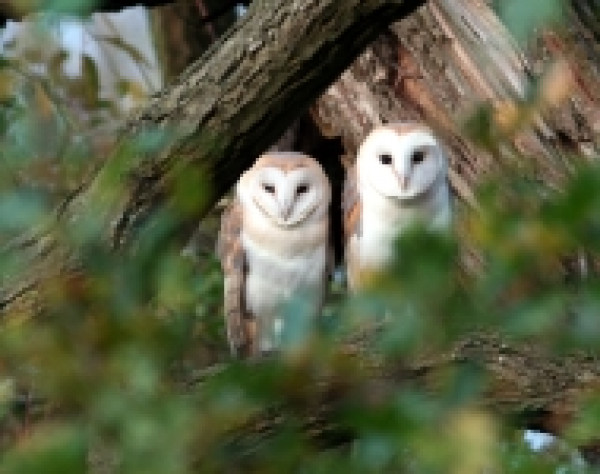
Widely recognised for his work on the study and conservation of owls and raptors, biologist and professional ecologist Colin Shawyer has collaborated with the BTO on projects such as Project Barn Owl (1995-1997) and the Barn Owl Monitoring Programme (2000-2009). As founder and co-ordinator of the Barn Owl Conservation Network (BOCN), Colin is in contact with Barn Owl ringers and nest recorders across the country and oversees the annual monitoring of over 3,000 nest boxes.
Early losses
The 2016 season began with some unhappy box checks. A number of Barn Owls had finished egg-laying by mid-April, only to suffer the loss of all or part of their clutches. Small broods with unhatched eggs or complete, failed clutches were commonplace, while at some sites—found occupied on previous visits—nests were empty and it appeared that eggs and newly hatched young had been eaten. Since vole abundance appeared to be relatively high by the time of these failures, the main cause was probably that the inclement weather in mid- to late-April made it difficult for males to forage, thereby forcing females to leave their nests to feed themselves and resulting in interrupted incubation and newly-hatched chicks going unbrooded. The partial failure of many clutches explains the significantly lower than average brood size reported in the BTO Nest Record Scheme's just-published results for the 2016 breeding season.
Successful seconds for early layers
Better news was to come in the latter half of the season: those early-laying pairs that managed to rear some of their chicks delayed their wing moult and went on to have second clutches in early July, this time seeing broods of seven, eight and even nine to fledging. Second broods are generally less successful than firsts, so 2016 was exceptional in this regard. Meanwhile, pairs that had failed entirely in April/May also delayed wing moult and laid again in June, going on to rear above-average sized broods. This level of productivity was undoubtedly aided by the increase in vole abundance over the course of the season, coupled with unusually warm and dry weather in August, September and October.
Late breeders less productive on average
A proportion of Barn Owl pairs didn’t get started until late May or even late June. These birds initially did relatively well, many bringing 3–5 young to fledging, but because they started late and were unable to have second or repeat clutches, they were on average less productive over the whole season than the early-layers.
East versus west
As I predicted in the last report, the difference in nesting success between regions this year was the opposite of 2015. Barn Owls in the central and western regions of Britain experienced more nest failures, had smaller broods and had far fewer second broods than those in eastern regions.
Overall breeding success
I suspect that, thanks to the extraordinary productivity of June/July repeat- and second-nesting attempts, and in spite of the early egg failures, a relatively large number of Barn Owl chicks will have been ringed in 2016, particularly in the east. The large number of pairs laying in the latter half of the season—including repeats and second clutches—is reflected in the BTO’s Nest Record Scheme results for the 2016 breeding season, which shows average (i.e. whole season) laying date for Barn Owl in 2016 as being one of the latest ever recorded.
Winter thoughts
When I published the results of the Barn Owl Survey of Britain and Ireland in 1987 I was able to show that over 80% of nest sites in Britain occurred at altitudes below 100m. For example, in Lincolnshire, which is known for its low-lying topography, breeding Barn Owls were found to be absent from the Wolds, an area that barely rises above 140m. This discovery shaped the BOCN's long-term conservation strategy by focusing efforts on low-lying lands, an approach that has seen a significant recovery in Barn Owl breeding numbers over the past 30 years. However, in the years following the 1985 survey, winters in Britain became milder and Barn Owls also began occupying higher ground. As is to be expected, birds in these marginal areas suffer more in hard winters, especially since the duration of ground snow cover increases significantly with altitude. If current forecasts are correct and we have a snowy period in January and February, we may see a repeat of 2012/2013, when severe and persistent snow cover in February and March saw the loss of many birds that had been occupying sites above 150m and more northerly latitudes. Even now, three years later, quite a number of the sites vacated in 2013 remain unoccupied.
What, then, for 2017?
Unusually, I’m finding it hard to anticipate what we might see this year. I think there could be a slow start to the breeding season among those pairs that double-brooded this year. On the other hand, I expect that the high vole abundance seen in 2016 will remain so for at least the early part of 2017. Overall, this should mean high levels of occupancy at traditional sites, a late-April laying date for most pairs, and a slightly higher than average brood size for most regions. Should second broods occur in 2017, I would expect these to be confined largely to central and western regions of Britain.
Colin Shawyer
Barn Owl Conservation Network Co-ordinator, UK and Ireland


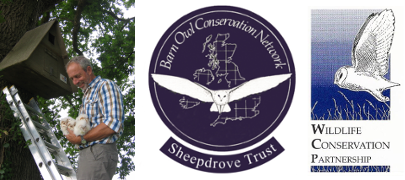
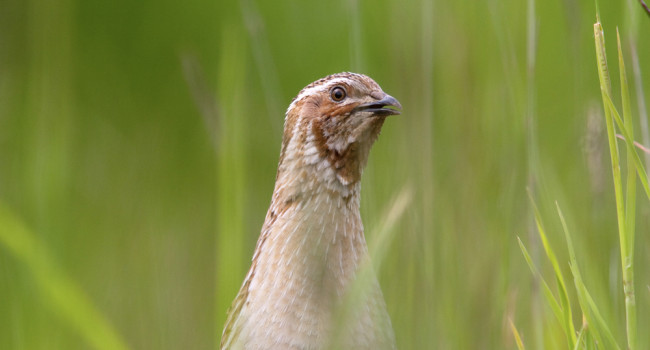
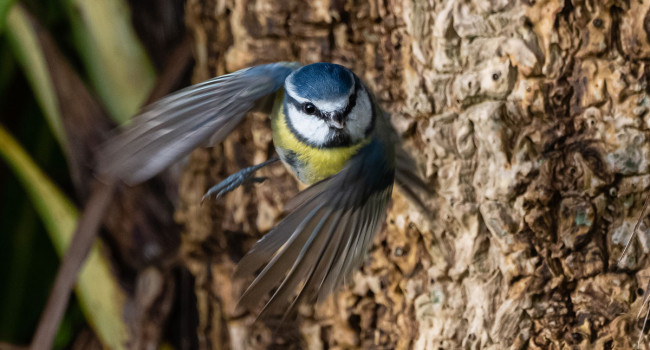
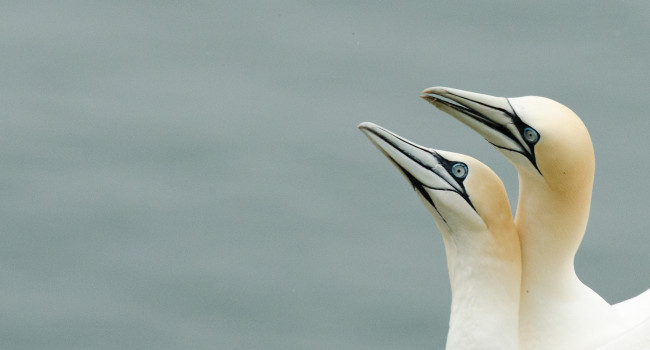

Share this page